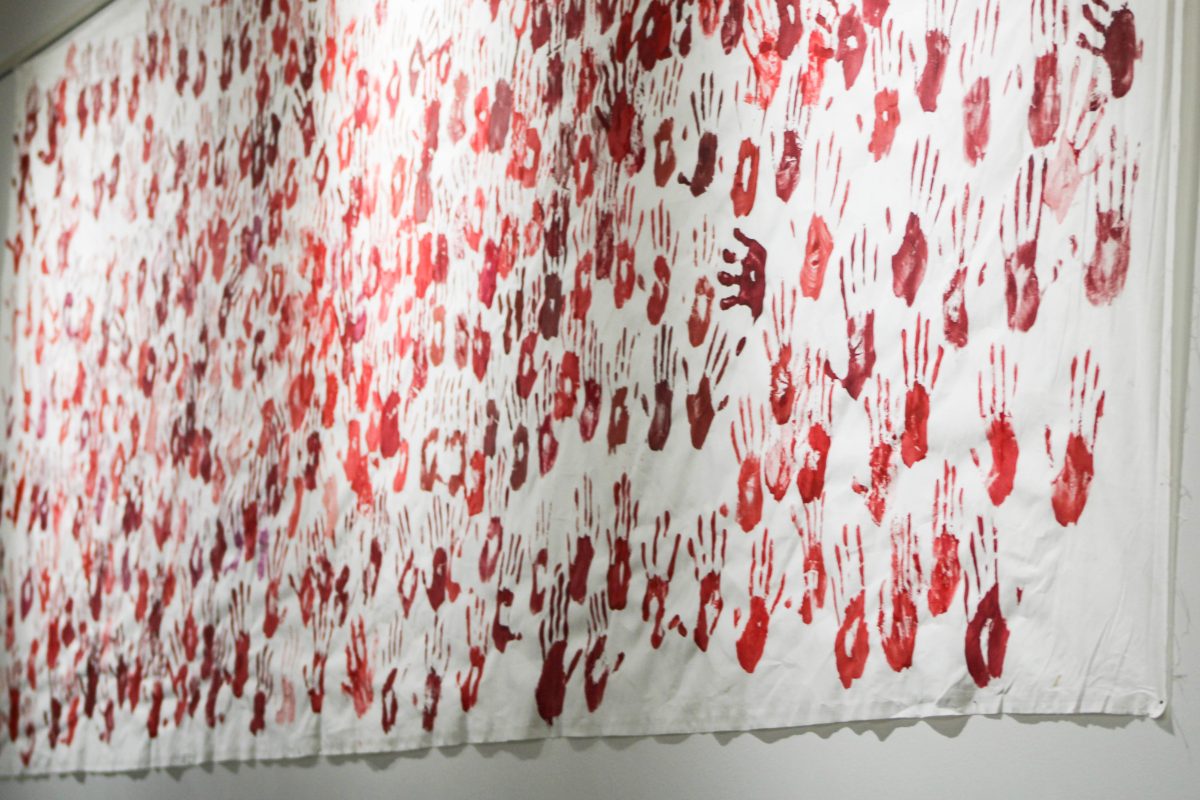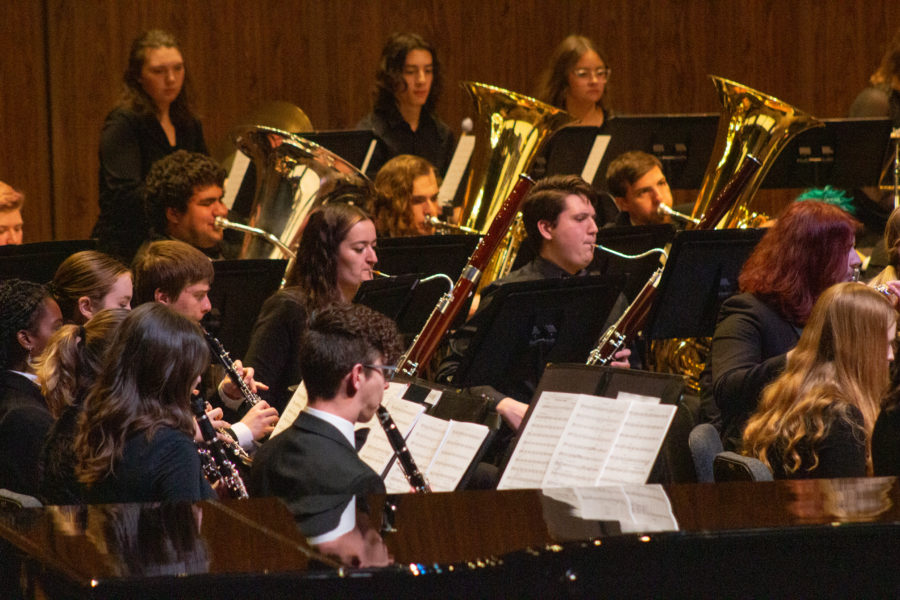
It didn’t take for long for students to voice their opinions on the gender wage gap Wednesday night.
Initially set up as an issues trial, the American Democracy Project Director India Nielsen said she was unable to get someone to argue against closing the gap. She set up a panel discussion, featuring WSU communication Professor Anne Bialowas and Barry Gomberg, Weber State’s Affirmative Action director.
Gomberg agreed to present alternative views even though he did not personally agree with them.
Social sciences major Graham Stromberg stood up and said he didn’t agree the wage gap was as big as problem as people make it out to be. He argued some studies say that there is no wage inequality once you account for other variables such a career choice and time taken off.
He said at his jobs his female co-workers make the same as he does and his boss is a woman.
“I kinda don’t buy it,” Stromberg said, adding he wanted to see data or studies comparing women and men working the same job with the same number of hours to see if the gap is still there.
Brenda Kowalewski, a sociology professor who attended the event said in her research you would expect the gap to be closing more quickly than it is. She said even when you control for variables you still see discrepancy in pay.
“When you look at Occupational Sex segregation, it only explains 15 percent of the gap of the pay, leaving 85 percent of the gap unexplained, which means discrimination is probably the explanation,” Kowalewski said.
Bialowas brought studies that compared men and women who graduated or work in the same field. According to Bialowas, these studies still show there is a gender wage gap.
Gomberg added that the variables don’t explain all the discrepancies. “I think when you control for variables it shrinks but it doesn’t shrink that much,” Gomberg said.
Other students brought up the culture and some of the problems in Utah, which was recently ranked as the worst state for women in pay equality.
“Some of the reason is because of segregated markets: women in traditionally-female jobs, men in traditionally-male jobs,” Kowalewski said. She said it all adds into the wage pay gap, which she explained is all related to culture.
Bialowas and Gomberg mentioned other reasons for the gap, citing studies that showed women are generally successful when it comes to negotiating their salaries. Bialowas mentioned a study that showed women are pretty successful in mock situations when asked to negotiate for someone else.
“They do have that skill set but I don’t think in a lot of organizational settings it’s seen as comfortable for a woman to ask for more money,” Bialowas said.
Gomberg said he thought the cause of the gap was a long period of discrimination as he passed out a newspaper ad from the 1950s that segregated job listings by race and gender.
Nelson said she was pleased that both sides were represented at the forum.
“It’s something both men and women need to be aware of,” Nielsen said. “Is there a wage gap? And if there is, how can it be smaller? How can we get rid of it?”








